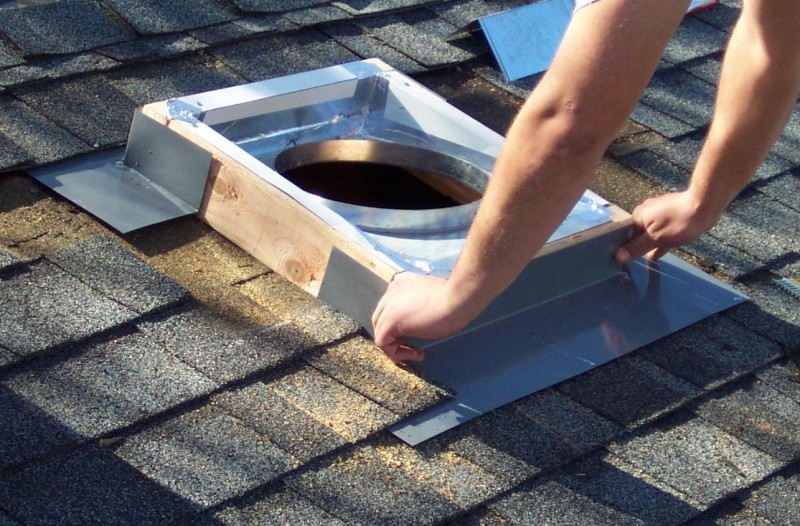How to Spot Costly Roof Repairs Before You Buy

By Bob McCrickard, repurposed by RoofersCoffeeShop®.
What questions to ask and what to look for when purchasing a home.
Editor's note: While Bob may no longer be with us, he continues to share his roofing knowledge with homeowners and contractors alike. Enjoy one of Bob's original articles below.
Is your roof in good shape, poor shape, in need of repairs? Is it leaking? Does it need to be replaced? You should be asking yourself all of these questions when thinking of purchasing a home. The roof is one of the most important parts of your home since it covers the whole house and everything inside.
How do you spot costly roof repairs before you buy?
Buying a home is a stressful process. It's common for people to push their finances to a breaking point when buying a home. And as one of the largest financial expenses, it's natural for us to push ourselves and our budgets to get the best home we can find for our family.
But what if your dream home has undiscovered issues that will require costly repair work? Essential repairs can be disastrous for many new homeowners, especially after making such a substaintial purchase and potentially exhausting your savings account. With little money in the bank, or saved up for repairs, how do you pay a contractor to do the work without leaving the problem too long that it manifests into a bigger issue?
How to avoid costly repairs
The best way to avoid discovering costly repairs after purchasing your home is by having a professional inspection completed. It's also not a bad idea for you, the homeowner, to do some research about the common issues in a home and how to spot them. During the inspection, the contractor will look at the following:
The ridge – The ridge is the very top of the roof. These tiles/shingles are rounded in shape and for the apex linking the two sides.
- Look out for:
- Newer tile/shingles in some places, which suggests previous repairs
- An uneven path along the ridge
- Missing mortar (cement)
- They should:
- Be running in a straight line
- Be slightly upturned at the end
The verge – This is the side part of the roof that meets the gable end (side of the property). It should have a smooth, even finish of mortar, or on newer properties, be covered with a dry PVC tile. This is known as a dry verge and can be retrofitted for a maintenance-free verge.
- Look out for:
- Missing mortar
- Exposed woodwork
- Cracks in the mortar, which means repairs could be imminent.
The roofs surface – It's fairly easy to spot a missing tile or two on the roof, which is fairly common and something that can be quickly remedied. A sign of serious roof repair is sagging in the roof, also known as “dishing.” Make sure the tiles/shingles run in uniform straight lines from end to end. Any tips could be a sign of roof truss or purlin failure, which would required further inspection of the timbers from inside the loft space.
Other general tips when assessing the roof
- Use binoculars and walk across the street to get a full view of the roof system.
- Schedule a separate assessment of the building and roof from the main viewing appointment so you avoid any distractions from the agent, owner or others.
- Check out the roofs on the same street. If half of them look like they've recently been replaced, it suggests that the lifespan of your intended purchase may be short.
Have a question? AskARoofer.
Find your local roofing contractor in the RoofersCoffeeShop® Contractor Directory.










Comments
Leave a Reply
Have an account? Login to leave a comment!
Sign In